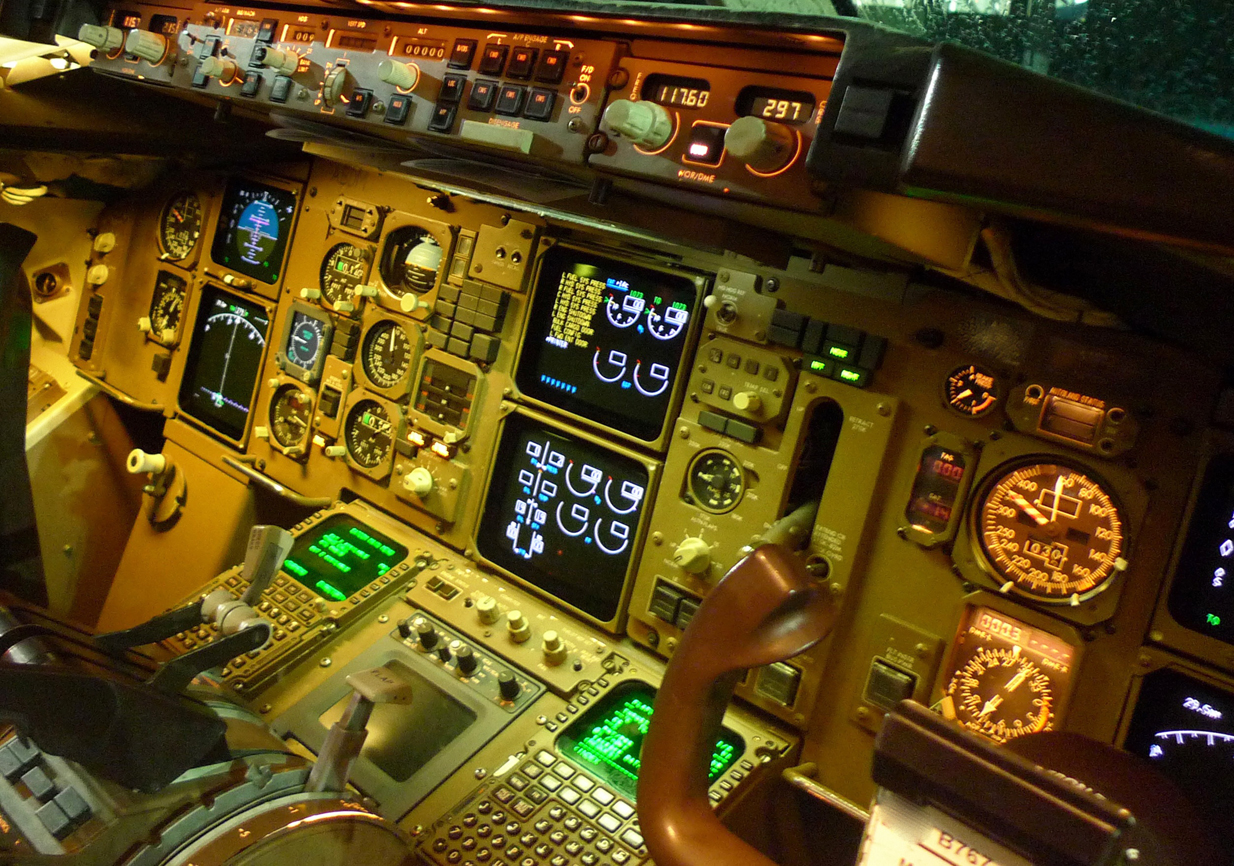Future Tense

March 4, 2024
HERE’S THE perfect segue from last week’s post. If you missed it, we were talking about the hype and hyperbole that seem to follow every minor incident these days, a phenomenon that I blame, in part, on the dearth of legitimately serious accidents. It often feels as if flying is getting more dangerous, when statistically we’re safer than ever.
To wit, according to the annual report just released by the International Air Transport Association (IATA) 2023 goes down as one of the safest years in commercial aviation history. Not a single fatal accident was recorded involving a commercial jet. Not one.
Combining jet and turboprop operations, IATA says there were 37 million commercial flights last year. Among those, the only deadly crash was that of an ATR turboprop in Nepal last January. If I’m counting right, this puts last year as the second-safest on record, bested only by 2017.
This is nothing if not astonishing. And to glean a sense of how astonishing, you need to flip through the history books. You need to look at the accident archives of the 1960s, the 1970s, the 1980s and 1990s, when multiple disasters were the norm, year after year after year.

For example, in 1985, twenty-seven major accidents killed almost 2,500 people. That included the JAL crash outside Tokyo with 520 fatalities; the Arrow Air disaster in Newfoundland that killed 240 American servicemen, and the Air-India bombing over the North Atlantic with 329 dead.
In 1974 there were ten disasters, including the Turkish Airlines catastrophe outside Paris that killed 346 people. Among the other nine were two Pan Am 707s, two TWA jets (one of which was bombed), and an Eastern DC-9. That’s five U.S. legacy crashes in the same year. Eastern and TWA had crashes within three days of each other.
And so on. Those were particularly bad years, but you get the picture.
I’ve mentioned all of this before. Apologies to those who are sick of me talking about it. But it always bears repeating, because so few people really understand how safe flying has become.

How we got here is also something I’ve discussed in the past. It’s been a combination of things: better technologies, better training, and, believe it or not, better regulation and oversight. For more, see the links below.
And yes, luck has played a role as well. We closed out 2023 with a near-perfect record, but not without a few close calls. Which is what makes posts like this so frustrating. Because sooner or later our luck will run out; there will be another major crash, right here on U.S. soil. As good as we are, we’ll never be perfect. And when it happens, nobody is going to care how long it’s been since the last one. History won’t matter, perspective won’t matter, stats won’t matter. The result will be hysteria and a media firestorm like no other.
It’s precisely because of how rare crashes have become that we’re guaranteed to overreact to the next one. Which is both fair and unfair, I suppose.
Related Stories:
LUCKY AND GOOD
TWENTY YEARS AND COUNTING
Upper photo by Pedro Pinheiro
Center photo by Michael Saporito
Lower photo by the author



